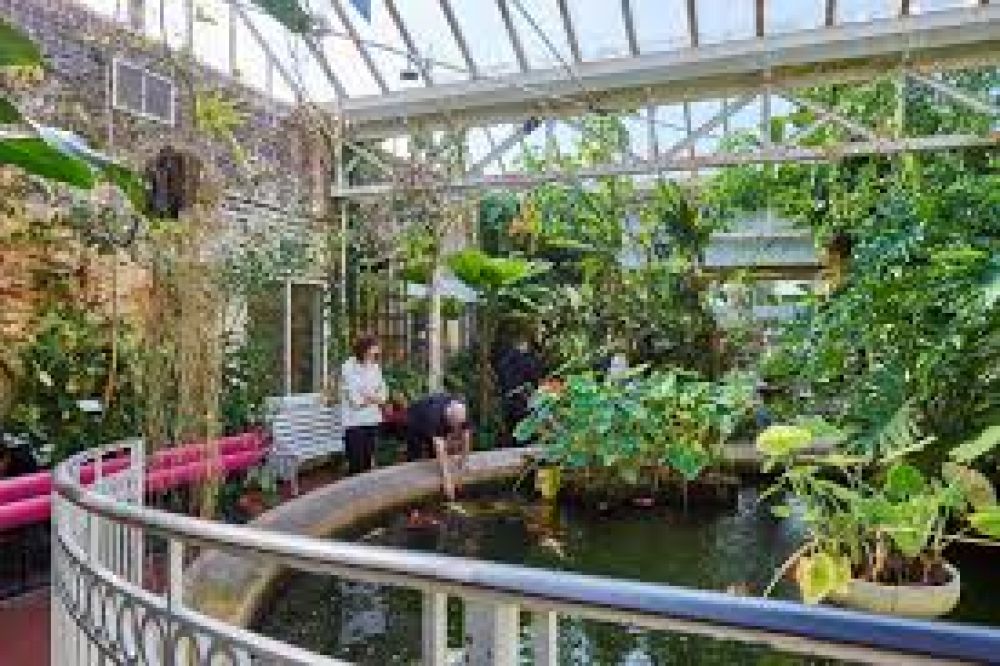

Nestled in the bustling city of Birmingham, United Kingdom, the Birmingham Botanical Gardens are a verdant oasis of botanical diversity and beauty. Steeped in history, these gardens were designed by J.C. Loudon, a leading garden planner, horticultural journalist, and publisher. Loudon was commissioned by the Birmingham Botanical and Horticultural Society in 1829, with the gardens opening to the public in 1832. Intended to serve as a place for recreation, education, and scientific research, the Birmingham Botanical Gardens have been a jewel in the city's crown for nearly two centuries.
The gardens are home to a collection of over 7,000 different plants, with notable glasshouses that replicate different climates from tropical rainforest to arid desert. These features have attracted plant enthusiasts, gardeners, and families alike, making it a keen spot for educational trips and leisurely visits.
Over the years, the gardens have played a crucial role in fostering tourism in Birmingham. From the Victorian era, when city dwellers sought the tranquility of green spaces, to the present day, the gardens have continuously evolved to attract visitors. The introduction of special exhibits, plant collections, and seasonal events have become a significant tourism draw.
Today, the Birmingham Botanical Gardens host a variety of events throughout the year, from educational workshops, musical concerts, to lantern festivals, enhancing its appeal not only as a nature reserve but also as a cultural venue.
In keeping with modern trends, the Birmingham Botanical Gardens have incorporated elements that cater to a range of visitors. There is a growing interest in ecotourism and sustainable travel, and the gardens align well with these values by focusing on conservation and environmental education.
Furthermore, health and wellness tourism has seen a surge, with more tourists seeking destinations that offer peace and natural beauty. The wide-open spaces and lush greenery of the gardens provide a perfect setting for such activities, attracting yoga classes and mindfulness workshops.
The incorporation of technology is another trend, with the gardens offering interactive apps and digital maps to enhance the visitor experience. This not only caters to the tech-savvy traveler but also aids in educational endeavors, engaging the younger, digitally-inclined generation.
When planning a visit, guests can look forward to exploring not just the gardens' natural beauty but also its rich collection of art and sculptures. With ever-changing displays and seasonal blooms, the Birmingham Botanical Gardens ensure that each visit offers a new experience. For those with a passion for botany or simply a love for nature, the Birmingham Botanical Gardens remain an enduring beacon of beauty and knowledge that continues to grow and inspire.